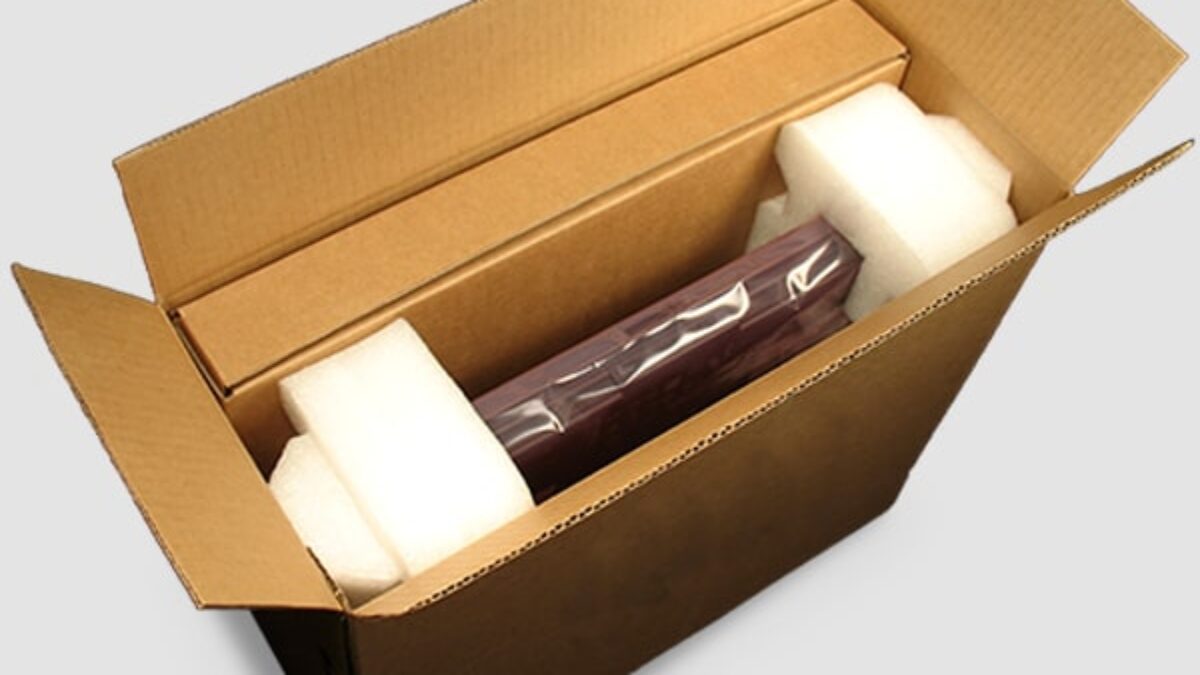As sustainability becomes a larger focus for businesses, both from a cost and environmental perspective, businesses are seeking eco-friendly packaging materials for the goods they ship. While the options used to be limited, new technology and innovation in the industry has created new ways to bring sustainability to your packaging, protection, and shipping operations.
Does this include foam? Are there sustainable foam packaging options?
The Myth About Unsustainable Foam
Foam is not often at the top of the list when people think about sustainable packaging materials. In fact, foams like expanded polystyrene (and the brand name Styrofoam™) were often public enemy number one when it came to environmental organizations. The foam was known to be non-recyclable, and therefore not environmentally friendly.
Nothing could be farther from the truth.
The reality is that many foams, including Expanded Polyethylene (EPE), Polyethylene (PE), and even expanded polystyrene (EPS) are environmentally friendly packaging material options for many reasons.
Efficient Manufacturing
The sustainability of foam begins with the manufacturing and fabrication process. Custom molded and shaped foam packaging products are incredibly easy to manufacture in high quantities, making them both cost efficient while also reducing the overall carbon footprint of the companies who manufacture them. This increased production capacity, on top of the decreased byproducts created by the manufacturing process and the lower energy consumption necessary to make them, results in a more sustainable packaging option.
Non-Toxic and No Chemicals
Many varieties of foam, expanded polystyrene included, are inert materials. This means that they do not release harmful chemicals or gases when they are broken down. All of these foams are comprised primarily of air, and it’s considered safe for food, pharmaceutical, and medical packaging.
Insulation Saves Energy
For products that need strict climate control, foams like EPE or EPS provide a high level of insulation that keeps products cool while in transit. This means that there is less of a need for refrigeration while products are being shipped. Depending on the distance the products are being shipped, they may not even need to be transported in a refrigerated (reefer) trailer. This heavily reduces the total emissions needed to transport many types of products.
Reusable
Foam is an incredibly durable and long-lasting material, which provides ample ability for end users to reuse the foam for packaging and other uses. Unlike less durable materials. Which often breaks down while in transit, many foam materials have the potential to be used multiple times over before it needs to be discarded. This reduces the overall lifetime sustainability of the product through reuse.
Reduce Returns
Every product that’s damaged in transit must be returned. After the return, a new product must be packaged and sent out once again. This means that three trips must be taken for a single sale, increasing the total amount of resources and emissions by 200%. Foam helps prevent damage incurred while in transit; it is the safest packaging material on the market, especially if it is custom fabricated for a specific product. Foam allows you to reduce damage claims and returns on the products you ship, increasing the sustainability of your shipping and reducing the overall carbon footprint of your business.
Find a suitable foam packaging option for your business. Get in touch with our foam experts for all your custom fabrication needs.


